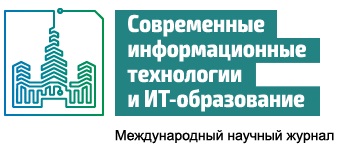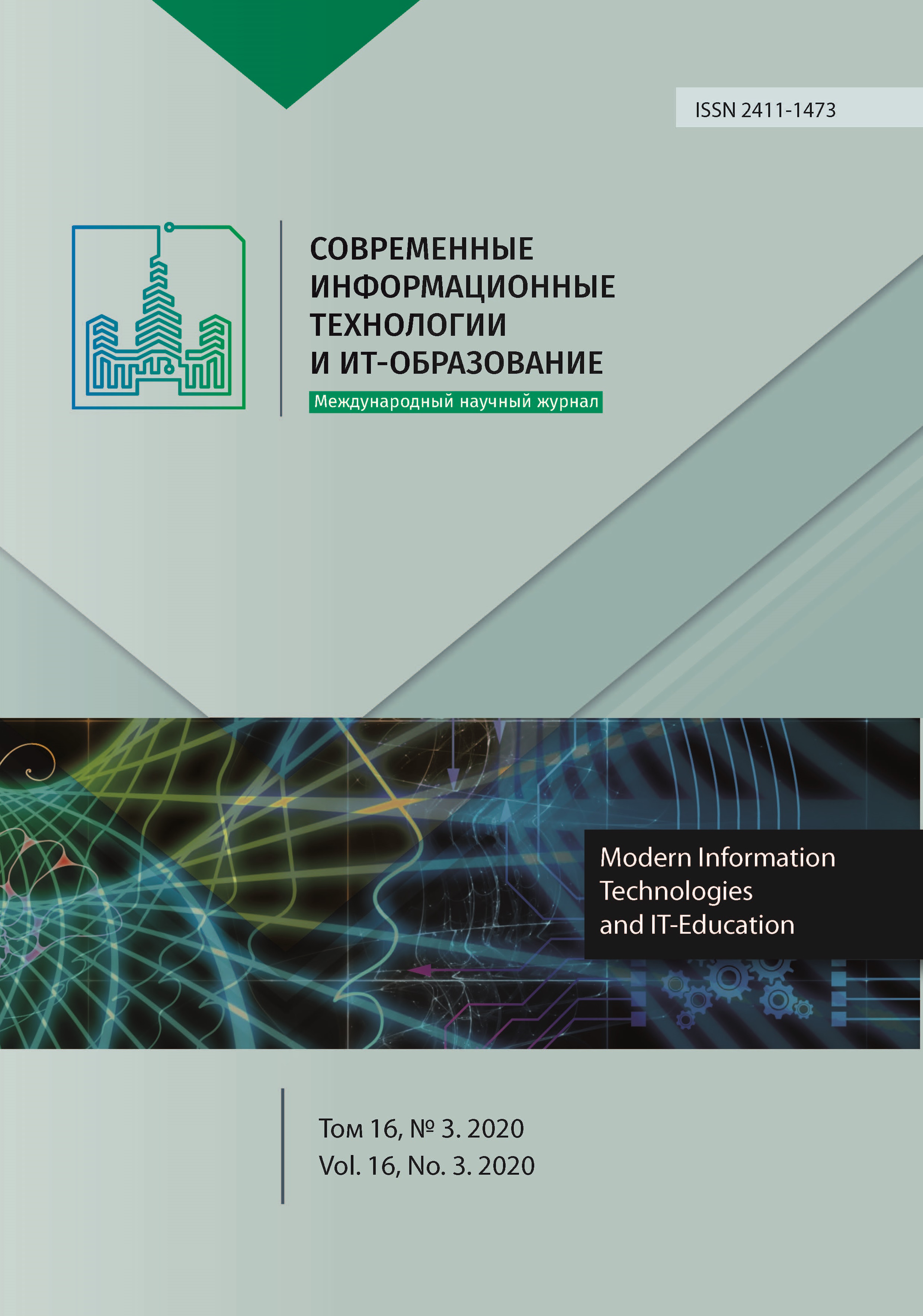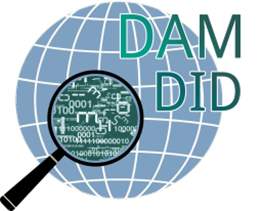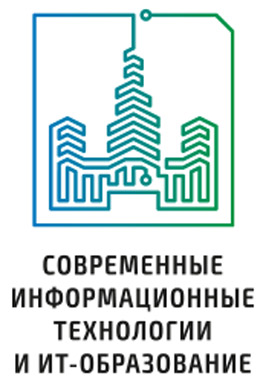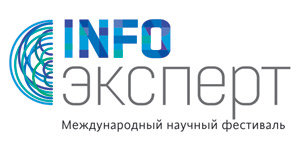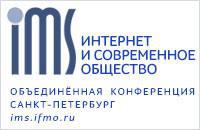Интеллектуальная поддержка принятия врачебных решений
Аннотация
В данной статье представлена разработка и исследование модели формализации процесса постановки диагноза с использованием методов искусственного интеллекта. В настоящее время созданы и применяются при постановке диагноза различные искусственные нейронные сети и экспертные системы.
Анализ данных работ показал, что данные методы показывают хорошие результаты, однако имеют ряд недостатков, самыми существенным из которых является сложность организации и большое время, затрачиваемое на обучение нейронной сети. Таким образом, ставится проблема разработки новых алгоритмов, имеющих вероятность постановки точного диагноза, сравнимую с искусственными нейронными сетями и экспертными системами и при этом обладающих меньшим временем обучения. Одним из путей решения этой задачи является разработка модели диагностики сахарного диабета на основе искусственной иммунной системы. Целью работы является разработка и исследование модели формализации процесса постановки диагноза с использованием методов искусственного интеллекта.
Рассматривается модель процесса постановки диагноза: преддиабетное состояние (нарушение толерантности к глюкозе, нарушение гликемии натощак), диабет I типа, диабет II типа.
Задача диагностики заболевания может рассматриваться как задача классификации. В данной работе процесс постановки диагноза рассматривался как разделение данных анализов и анамнеза пациентов на четыре класса, соответствующих одному из диагнозов: преддиабетное состояние (нарушение толерантности к глюкозе, нарушение гликемии натощак), диабет I типа, диабет II типа.
Для решения этой задачи использовались искусственная иммунная система и искусственная нейронная сеть Кохонена.
Искусственная иммунная система представляет идеализированный вариант естественного аналога и воспроизводит ключевые составляющие природного процесса: отбор лучших антител популяции в зависимости от степени их аффинитета (близости) к антигену, клонирование антител, мутация антител.
Литература
[2] Soumya C.V., Ahmed M. Artificial neural network based identification and classification of images of Bharatanatya gestures. In: 2017 International Conference on Innovative Mechanisms for Industry Applications (ICIMIA). Bangalore; 2017. p. 162-166. (In Eng.) DOI: https://doi.org/1010.1109/ICIMIA.2017.7975593
[3] Nowikiewicz T., Wnuk P., Małkowski B., Kurylcio A., Kowalewski J., Zegarski W. Application of artificial neural networks for predicting presence of non-sentinel lymph node metastases in breast cancer patients with positive sentinel lymph node biopsies. Archives of Medical Science. 2017; 13(6):1399-1407. (In Eng.) DOI: https://doi.org/10.5114/aoms.2016.57677
[4] Sheikhtaheri A., Sadoughi F., Hashemi Dehaghi Z. Developing and Using Expert Systems and Neural Networks in Medicine: A Review on Benefits and Challenges. Journal of Medical Systems. 2014; 38(9):110. (In Eng.) DOI: https://doi.org/10.1007/s10916-014-0110-5
[5] Ultsch A., Korus D., Kleine T.O. Integration of Neural Networks and knowledge-based systems in medicine. In: Barahona P., Stefanelli M., Wyatt J. (ed.) Artificial Intelligence in Medicine. AIME 1995. Lecture Notes in Computer Science (Lecture Notes in Artificial Intelligence). 1995; 934:425-426. Springer, Berlin, Heidelberg. (In Eng.) DOI: https://doi.org/10.1007/3-540-60025-6_170
[6] Summers R.M. Deep Learning and Computer-Aided Diagnosis for Medical Image Processing: A Personal Perspective. In: Lu L., Zheng Y., Carneiro G., Yang L. (ed.) Deep Learning and Convolutional Neural Networks for Medical Image Computing. Advances in Computer Vision and Pattern Recognition. Springer, Cham; 2017. p. 3-10. (In Eng.) DOI: https://doi.org/10.1007/978-3-319-42999-1_1
[7] Wang J., Shi M., Zheng P., Xue Sh., Peng R. Quantitative Analysis of Ca, Mg, and K in the Roots of Angelica pubescens f. biserrata by Laser-Induced Breakdown Spectroscopy Combined with Artificial Neural Networks. Journal of Applied Spectroscopy. 2018; 85(1):190-196. (In Eng.) DOI: https://doi.org/10.1007/s10812-018-0631-7
[8] Sejdinović D. et al. Classification of Prediabetes and Type 2 Diabetes Using Artificial Neural Network. In: Badnjevic A. (ed.) CMBEBIH 2017. IFMBE Proceedings. 2017; 62:685-689. Springer, Singapore. (In Eng.) DOI: https://doi.org/10.1007/978-981-10-4166-2_103
[9] Alade O.M., Sowunmi O.Y., Misra S., Maskeliūnas R., Damaševičius R. A Neural Network Based Expert System for the Diagnosis of Diabetes Mellitus. In: Antipova T., Rocha Á. (ed.) Information Technology Science. MOSITS 2017. Advances in Intelligent Systems and Computing. 2018; 724:14-22. Springer, Cham. (In Eng.) DOI: https://doi.org/10.1007/978-3-319-74980-8_2
[10] Srivastava S., Sharma L., Sharma V., Kumar A., Darbari H. Prediction of Diabetes Using Artificial Neural Network Approach. In: Ray K., Sharan S., Rawat S., Jain S., Srivastava S., Bandyopadhyay A. (ed.) Engineering Vibration, Communication and Information Processing. Lecture Notes in Electrical Engineering. 2019; 478:679-687. Springer, Singapore. (In Eng.) DOI: https://doi.org/10.1007/978-981-13-1642-5_59
[11] Li X. Artificial intelligence neural network based on intelligent diagnosis. Journal of Ambient Intelligence and Humanized Computing. 2021; 12(1):923-931. (In Eng.) DOI: https://doi.org/10.1007/s12652-020-02108-6
[12] Asad M., Qamar U. A Review of Continuous Blood Glucose Monitoring and Prediction of Blood Glucose Level for Diabetes Type 1 Patient in Different Prediction Horizons (PH) Using Artificial Neural Network (ANN). In: Bi Y., Bhatia R., Kapoor S. (ed.) Intelligent Systems and Applications. IntelliSys 2019. Advances in Intelligent Systems and Computing. 2020; 1038:684-695. Springer, Cham. (In Eng.) DOI: https://doi.org/10.1007/978-3-030-29513-4_51
[13] Raihan M., Alvi N., Tanvir Islam M., Farzana F., Mahadi Hassan M. Diabetes Mellitus Risk Prediction Using Artificial Neural Network. In: Uddin M.S., Bansal J.C. (ed.) Proceedings of International Joint Conference on Computational Intelligence. Algorithms for Intelligent Systems. Springer, Singapore; 2020. p. 85-97. (In Eng.) DOI: https://doi.org/10.1007/978-981-15-3607-6_7
[14] Arul Kumar D., Jayanthy T. Application of back propagation artificial neural network in detection and analysis of diabetes mellitus. Journal of Ambient Intelligence and Humanized Computing. 2020. (In Eng.) DOI: https://doi.org/10.1007/s12652-020-02371-7
[15] Jayashree J., Kumar S.A. Linear Discriminant Analysis Based Genetic Algorithm with Generalized Regression Neural Network – A Hybrid Expert System for Diagnosis of Diabetes. Programming and Computer Software. 2018; 44(6):417-427. (In Eng.) DOI: https://doi.org/10.1134/S0361768818060063
[16] Şahan S., Polat K., Kodaz H., Güneş S. The Medical Applications of Attribute Weighted Artificial Immune System (AWAIS): Diagnosis of Heart and Diabetes Diseases. In: Jacob C., Pilat M.L., Bentley P.J., Timmis J.I. (ed.) Artificial Immune Systems. ICARIS 2005. Lecture Notes in Computer Science. 2005; 3627:456-468. Springer, Berlin, Heidelberg. (In Eng.) DOI: https://doi.org/10.1007/11536444_35
[17] Lin H., Su C., Wang P. An Application of Artificial Immune Recognition System for Prediction of Diabetes Following Gestational Diabetes. Journal of Medical Systems. 2011; 35(3):283-289. (In Eng.) DOI: https://doi.org/10.1007/s10916-009-9364-8
[18] Chikh M.A., Saidi M., Settouti N. Diagnosis of Diabetes Diseases Using an Artificial Immune Recognition System2 (AIRS2) with Fuzzy K-nearest Neighbor. Journal of Medical Systems. 2012; 36(5):2721-2729. (In Eng.) DOI: https://doi.org/10.1007/s10916-011-9748-4
[19] Wu J.-Y. Hybrid Artificial Immune Algorithm and CMAC Neural Network Classifier for Supporting Business and Medical Decision Making. In: Tang J., King I., Chen L., Wang J. (ed.) Advanced Data Mining and Applications. ADMA 2011. Lecture Notes in Computer Science. 2011; 7121:41-54. Springer, Berlin, Heidelberg. (In Eng.) DOI: https://doi.org/10.1007/978-3-642-25856-5_4
[20] Fu X., Zhang S. An Improved Artificial Immune Recognition System Based on the Average Scatter Matrix Trace Criterion. In: Tan Y., Shi Y., Ji Z. (ed.) Advances in Swarm Intelligence. ICSI 2012. Lecture Notes in Computer Science. 2012; 7331:284-290. Springer, Berlin, Heidelberg. (In Eng.) DOI: https://doi.org/10.1007/978-3-642-30976-2_34
[21] Astachova I.F., Ushakov S.A., Shashkin A.I., Belyaeva N.V. The application of artificial immune system for parallel process of calculation and their comparison with existing methods. Journal of Physics: Conference Series. 2019; 1202: 012003. (In Eng.) DOI: https://doi.org/10.1088/1742-6596/1202/1/012003
[22] Kashirina I.L. Nejrosetevye tekhnologii [Neural Network Technologies]. VSU Publ., Voronezh; 2008. (In Russ.)
[23] Astachova I.F., Kiseleva E.I. The algorithm is the use of artificial immune systems to optimize the target component of the information educational system. Proceedings of Voronezh State University. Series: Systems analysis and information technologies. 2017; (2):61-65. Available at: https://www.elibrary.ru/item.asp?id=29880179 (accessed 11.06.2020). (In Russ., abstract in Eng.)
[24] Holland J.H. Adaptation in Natural and Artificial Systems: An Introductory Analysis with Applications to Biology, Control, and Artificial Intelligence. The MIT Press, Cambridge; 1992. (In Eng.)
[25] Sudholt D., Squillero G. Theory and practice of population diversity in evolutionary computation. In: Proceedings of the 2020 Genetic and Evolutionary Computation Conference Companion (GECCO '20). Association for Computing Machinery, New York, NY, USA; 2020. p. 975-992. (In Eng.) DOI: https://doi.org/10.1145/3377929.3389892

Это произведение доступно по лицензии Creative Commons «Attribution» («Атрибуция») 4.0 Всемирная.
Редакционная политика журнала основывается на традиционных этических принципах российской научной периодики и строится с учетом этических норм работы редакторов и издателей, закрепленных в Кодексе поведения и руководящих принципах наилучшей практики для редактора журнала (Code of Conduct and Best Practice Guidelines for Journal Editors) и Кодексе поведения для издателя журнала (Code of Conduct for Journal Publishers), разработанных Комитетом по публикационной этике - Committee on Publication Ethics (COPE). В процессе издательской деятельности редколлегия журнала руководствуется международными правилами охраны авторского права, нормами действующего законодательства РФ, международными издательскими стандартами и обязательной ссылке на первоисточник.
Журнал позволяет авторам сохранять авторское право без ограничений. Журнал позволяет авторам сохранить права на публикацию без ограничений.
Издательская политика в области авторского права и архивирования определяются «зеленым цветом» в базе данных SHERPA/RoMEO.
Все статьи распространяются на условиях лицензии Creative Commons «Attribution» («Атрибуция») 4.0 Всемирная, которая позволяет другим использовать, распространять, дополнять эту работу с обязательной ссылкой на оригинальную работу и публикацию в этом журналe.
